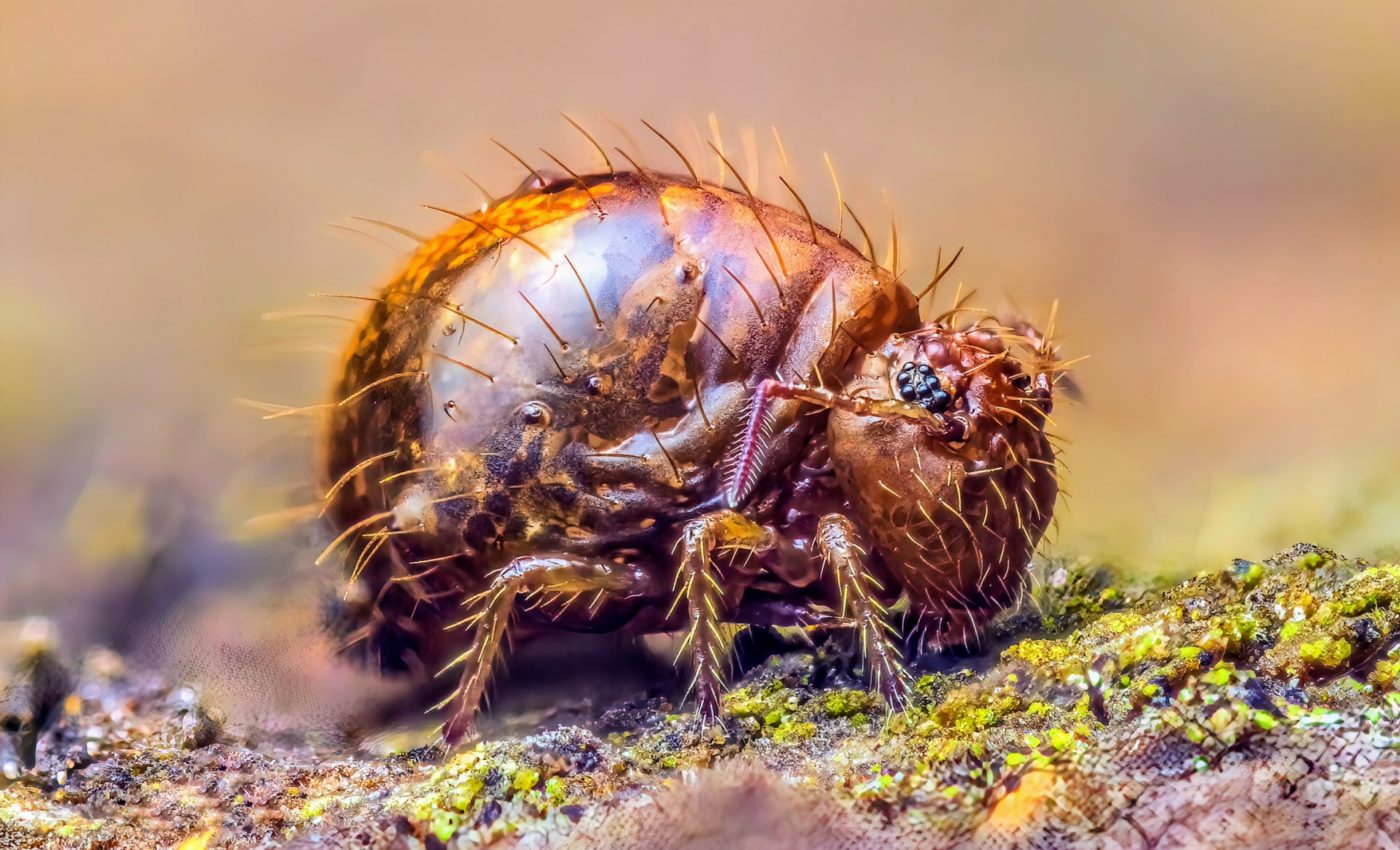
Tiny backyard bugs perform the fastest backflips on the planet
In our quest to understand the intrepid and often overlooked secrets of the animate wonderland we inhabit, we occasionally stumble upon a wonder that brings a new perspective to life. Enter the globular springtail, scientifically known as Dicyrtomina minuta, a tiny creature that is outdoing everyone in the field of jumps.
The springtail’s acrobatic jumps
Globular springtails are, at most, a couple millimeters in length. They do not possess the ability to fly, bite, or sting. But, they can jump.
Surprising as it may sound, the sprightly springtail is an expert at avoiding predators, merely by jumping. By the time you blink, they are airborne and out of sight.
So, how do springtails do it? They don’t just bob up and down, like a bouncing basketball; instead, they flip through the air, executing the fastest known backflips on Earth.
Dr. Adrian Smith is a professor of biology at North Carolina State University and head of the Evolutionary Biology and Behavior Research Lab at the North Carolina Museum of Natural Sciences. Describing the spectacle, Dr. Smith compared the springtails’ jump to the iconic spin of Sonic the Hedgehog.
The hunt for the globular springtail
The process of studying these little jumping virtuosos was a rewarding adventure in itself. Dr. Smith’s expedition to find globular springtails was relatively straightforward – he single-handedly located and recruited his research subjects by sifting through leaf litter in his own backyard. The main challenge lay in capturing their lightning-fast jumps on camera.
“Globular springtails jump so fast that you can’t see it in real time,” noted Dr. Smith. “If you try to film the jump with a regular camera, the springtail will appear in one frame, then vanish. When you look at the picture closely, you can see faint vapor trail curlicues left behind where it flipped through the one frame.”
Overcoming this challenge required the use of cameras capable of shooting a staggering 40,000 frames per second. Dr. Smith then stimulated the springtails into jumping by either shining a light on them or lightly prodding them with an artist’s paintbrush.
The mechanics of the jumping springtail
Interestingly, globular springtails don’t rely on their legs to jump; instead, they use an appendage called a furca that folds up underneath their abdomen.
The furca is tipped with a tiny, forked structure. When the springtails jump, the furca flips down, pushing against the ground, and catapults them into a sequence of breathtakingly rapid backflips.
The springtails can launch themselves over 60 millimeters into the air – more than 60 times their own body length – and they typically travel up and backward instead of forward.
Jacob Harrison, a postdoctoral researcher at the Georgia Institute of Technology, pointed out that this lack of forward movement suggests jumping is mainly an escape tactic, not a form of general locomotion.
Mastering a rough landing
The landing strategies of the globular springtail further provide insight into their unique locomotion. A common way of landing is by tumbling chaotically, very much like bouncing to a stop.
Alternatively, they use a sticky forked tube, known as a collophore, which they can push out of their bodies to grapple a surface or halt their momentum. These findings offer a clear perspective on the flight and landing dynamics of the remarkable globular springtail.
Impossibly spectacular performance
“This is the first time anyone has done a complete description of the globular springtail’s jumping performance measures, and what they do is almost impossibly spectacular,” said Dr. Smith. “This is a great example of how we can find incredible, and largely undescribed, organisms living all around us.”
The study shows us that our world still harbors many unsung heroes and fascinating phenomena waiting to be discovered.
In essence, the globular springtail’s extraordinary performances, unique behaviors, and understudied status make it a promising candidate for further research.
So, the next time you take a casual stroll in your garden or park, remember, there might be tiny creatures around you, ready to backflip their way into the record books.
The study is published in the journal Integrative Organismal Biology.
Video Credit: Ant Lab
—–
Like what you read? Subscribe to our newsletter for engaging articles, exclusive content, and the latest updates.
Check us out on EarthSnap, a free app brought to you by Eric Ralls and Earth.com.
—–













